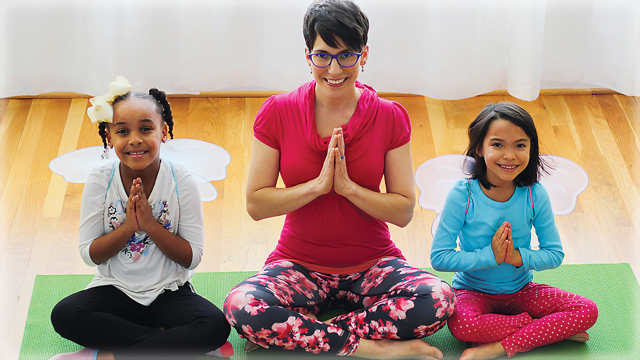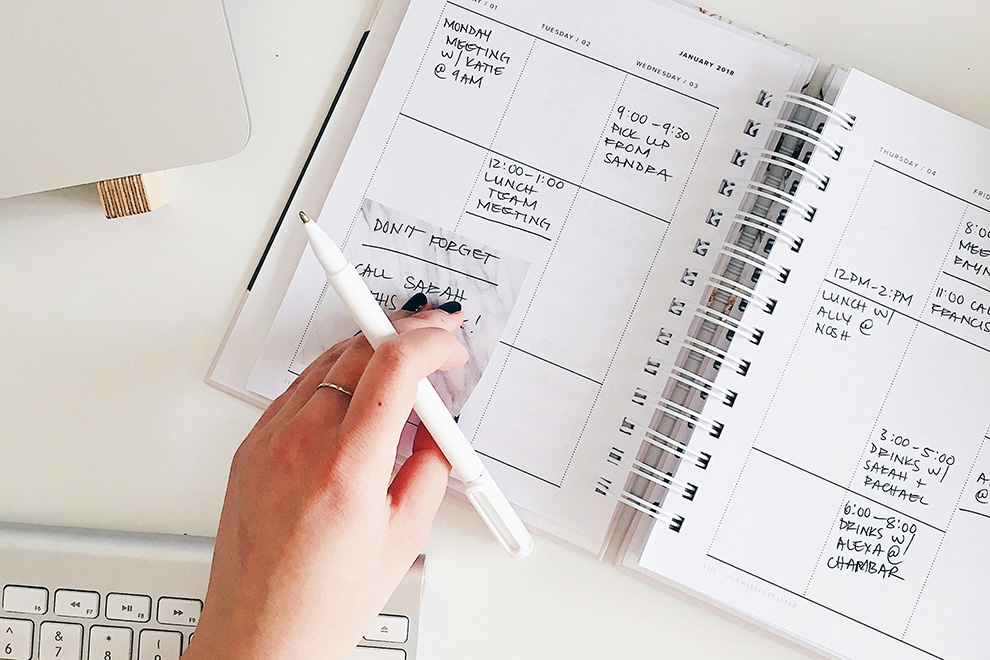Mindfulness is simply the practice of being present in the moment, intentionally and without judgment. We could all use a little more mindfulness in our lives right now. Whether you’ve experienced hardships and heartbreak due to the pandemic or are trying to juggle parenting, virtual schooling, home life, and work – like we are at my house! – this is definitely a challenging time for families.
I used to think I didn’t have time for mindfulness. The idea of sitting in silent meditation for hours was unrealistic amid the responsibilities (and occasional chaos) of daily family life. But trying to cope with anxiety, depression, and chronic health concerns – in my daughter and myself – was the motivation I needed to learn more. I quickly discovered that you don’t have to be a meditation master to practice mindfulness. And the benefits are endless. Mindfulness can improve mental and physical health, increase resilience, deepen relationships, buffer against trauma, and bring peace during those particularly difficult moments.
As my 10-year-old daughter Ren told me recently when we were talking about mindfulness, “Living in a time that has so many hardships, people should practice mindfulness to feel gratefulness, peace, and feeling like they’re enough in the world.”
At its heart, mindfulness is a practice in every sense of the word – something we haven’t mastered yet and want to keep practicing and improving. It is all about coming back to the present moment over and over again, with each new moment offering a new opportunity to be present. You can make it intentional by incorporating mindful activities and principles into your daily routine. And drop the judgment – especially of ourselves! Didn’t get a chance to meditate today? Lost your patience with your kids? It’s okay. Mistakes are learning opportunities, and when we falter, we can use kindness, compassion, and forgiveness to repair relationships, reset our intentions, and begin again.
To get in touch with mindfulness, follow your children’s lead. Part of mindfulness is respecting and valuing the goodness and potential in others. So, once you’ve introduced mindfulness to your kids, put them in charge. What activities do they like best? What new mindfulness strategies can they come up with? Instead of forcing your children to participate, model it, incorporate it into other activities, and try to make it fun.
There are countless ways to practice mindfulness. Here are a few activities I have enjoyed while working with my daughter and other children.
Meditation
Meditation takes many forms. The typical focus for your attention, or anchor, is your breath. But there are lots of other anchors and tons of kid-friendly meditation exercises that you can find in books, apps, or online. You can focus your attention on internal sensations, like the feeling in your hands, or do a body scan, moving your attention from one body part to the next, moving from head to toe. You can also focus on things in your environment. I love using the sound of the wind rustling leaves, birdsong, or the feel of the sun on my face.
Other meditations incorporate words. Our absolute favorite is called “lovingkindness,” which is a way to send well wishes out into the world. Through this type of meditation, you and your children can wish intangibles like love, kindness, peace, and health to yourself and others. For instance, together you might say “May I be loved, may I spread kindness, may I be at peace, may I be healthy.” And then continue on to wish these same things to others, moving from a loved one, to someone you don’t know well, to someone you find challenging, and then finally, to the whole world.
Breathing Exercises
If you are focusing on the breath, there are so many fun options for kids. A great bedtime activity is to have your child rock a stuffed animal to sleep by lying on her back with the animal on her belly, watching it move up and down as she breathes. A fun strategy for younger kids, especially when emotions are high, is to use a pinwheel or artificial flower to slow and steady their breath as they sniff the flower or blow the petals.
Many kids’ breathing exercises promote bonding between partners. One of our favorites is to sit with your child facing you, place one hand over your own heart and the other over your child’s, and synchronize your breathing.
Children’s Yoga
When my daughter was six years old, she started experiencing significant anxiety, and her therapist recommended children’s yoga. After practicing it together, I decided to train as a children’s yoga teacher. Children’s yoga has similar benefits to adult yoga and other mindfulness exercises, but is adapted for the anatomy of little bodies. In the particular style I trained in, yoga is paired with storybooks and social-emotional lessons, adding even more mindfulness. There are lots of pandemic-safe online classes that can get you and your children moving, learning, and practicing mindful
yoga together.
Gratitude
Gratitude grows like a flower and is a simple way to practice mindfulness anytime, anywhere. You can help your kids grow their gratitude by modeling it, telling each other what you are grateful for, or writing in a gratitude journal. See what creative ways your kids can come up with to share your gratitude as a family. Giving thanks for things small or large, internal or external, seemingly trivial or existential, can make a huge difference in family life, particularly during stressful times
like these.
Reading and Discussion
Communication is a gift that allows us to strengthen and repair relationships and share ideas, experiences, and understanding. Use mindful listening by giving your children your full attention when talking or reading together, whether you’re talking about mindfulness or reading and rereading your child’s favorite book.
Whenever I am contemplating buying yet another wonderful children’s mindfulness book or looking for a children’s yoga course, I feel grateful that there is more awareness of the importance of mindfulness than ever before. Explore the many mindfulness resources out there, and find some strategies and activities that are just right for your family.
I hope you find these strategies helpful as you practice mindfulness with your family. Wishing you mindfulness, peace, health, and lovingkindness during the pandemic and beyond.





